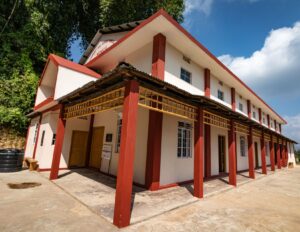The Civilizations of man were moulded, shaped and breathed into life from dust through the ebb and flow of the mothers of civilizations – the Nile, the Indus, the Tigris and Euphrates. Empires and kingdoms have erected from free-flowing water bodies, and the journey of man began, evolving with every passing age and generation from continent to continent. Man advanced quickly through the centuries, annexing and overpowering fellow men, the environment and living organisms who are rightful partakers of this beautiful Eden of a planet called Earth. Man’s greed has compromised the breathing Mother Earth as an inanimate commodity to be used, misused and overused for the selfish enterprise of a handful of men and women craving for the luxury they do not deserve from the sacrifices made by others, and, on that note, let’s turn our eyes to the Umngot River and the insensitive draconian approach by the Meghalaya Government to go forward with the Umngot Hydro-Electric Project despite the protests from the fifteen Villages surrounding the river. Six Communities have been very vocal in the protest – Umsawwar, Mynsang, Mawdulop, Mawsir, Ksanrngi and Pashang Village of Mawkynrew C&RD Block, East Khasi Hills District since 2012 while its wrath will also affect the villages downstream like – Shnongpdeng, Kudeng, Amkoi, Nongbareh, Dawki, Lymba, Kongwang and Rikynjai, Darrang.
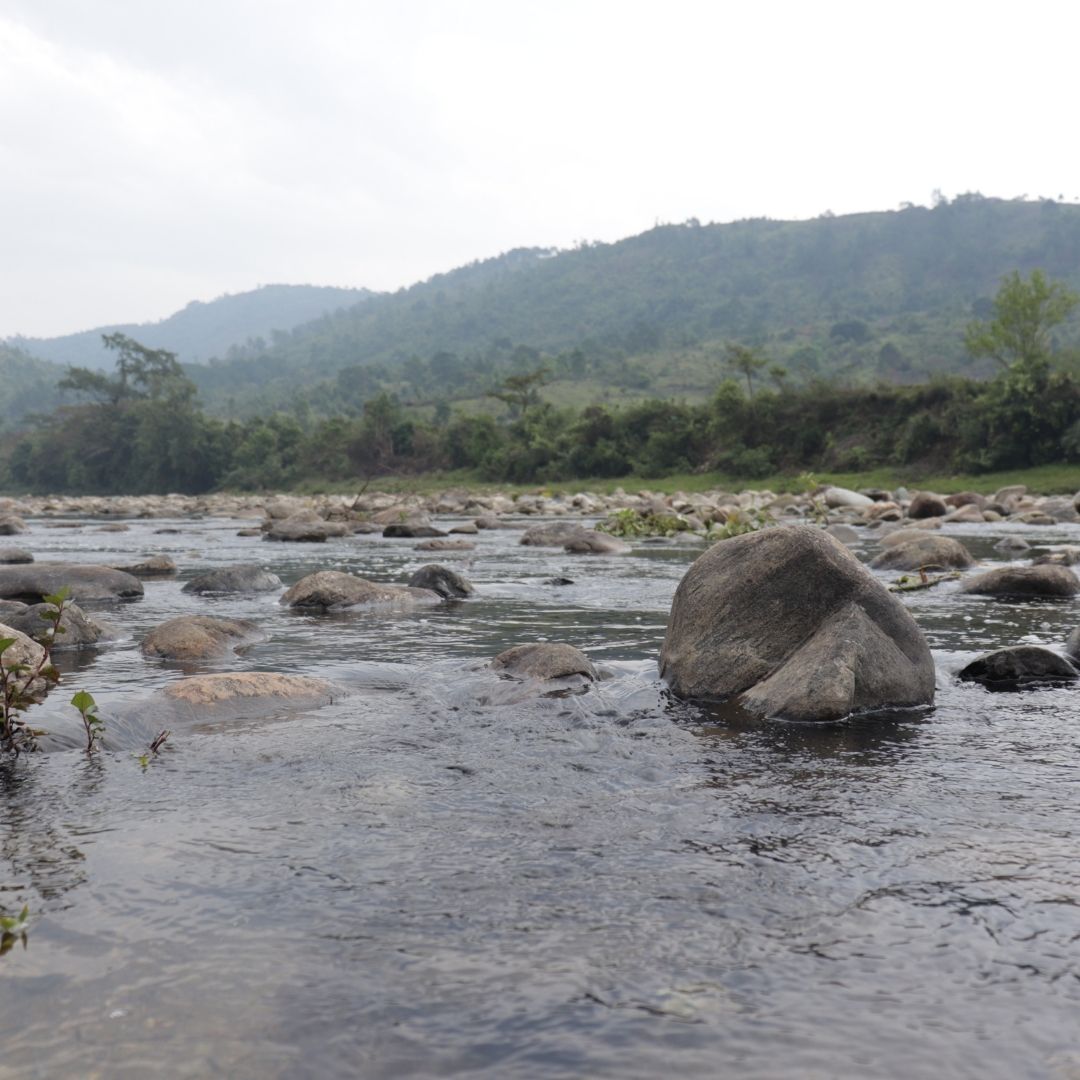
There is a growing consensus around the world that dams are no longer sustainable. European countries are demolishing dams to restore the ecosystem. The Yecla de Yeltes Dam in western Spain, that once supplied drinking water to local communities for half a century, until the contemporary re-evaluation of its ecological impact rendered it obsolete and unsustainable. Its demolition was the biggest dam-removal project in the European Union so far — and is being hailed by ecologists as a milestone for river-restoration efforts in the continent. “Dams alter the natural characteristics of a river system,” says Jeroen van Herk, a project manager with Dam Removal Europe, a group that promotes river restoration in the continent. “Long stretches of rivers, which once flowed freely from source to outlet, become a series of pools, hindering migrating fish from reaching spawning grounds in the upper reaches.” The issue of sustainability is more important in the context of climate change. Dams clog free-flowing water, and as a result, droughts take shape and decrease in rainfall is predicted to be an important feature of climate change in tropical regions of the world like India which will only intensify. Tropical dams emit substantial amounts of greenhouse gases, and these emissions have often been understated. Large dams like the one planned on Umngot will contribute to GHG and climate change.
The proposed construction of the Umngot Hydro-power Project will also lead to a degradation of the local ecology. The Draft Environmental Impact Assessment (EIA) report has admitted that Reservoirs contribute to greenhouse gas emission … the rotting organic matter releases large amounts of carbon into the atmosphere … (and) the decaying plant mater … (on) decomposition eventually releases dissolved methane” (P. 183). While pertaining to the Umngot Hydro Electric Project mentions 28 mammals, 16 reptiles, 97 birds and dozens of butterfly and fish species in the project affected area. It also mentions in page 184 of the report that the threat of poaching will increase during the construction stage of the project. Exponential loss of biodiversity is therefore imminent. What is most worrying is that once the ‘tipping points’ have been breached, the damage to the ecosystems is irreversible.
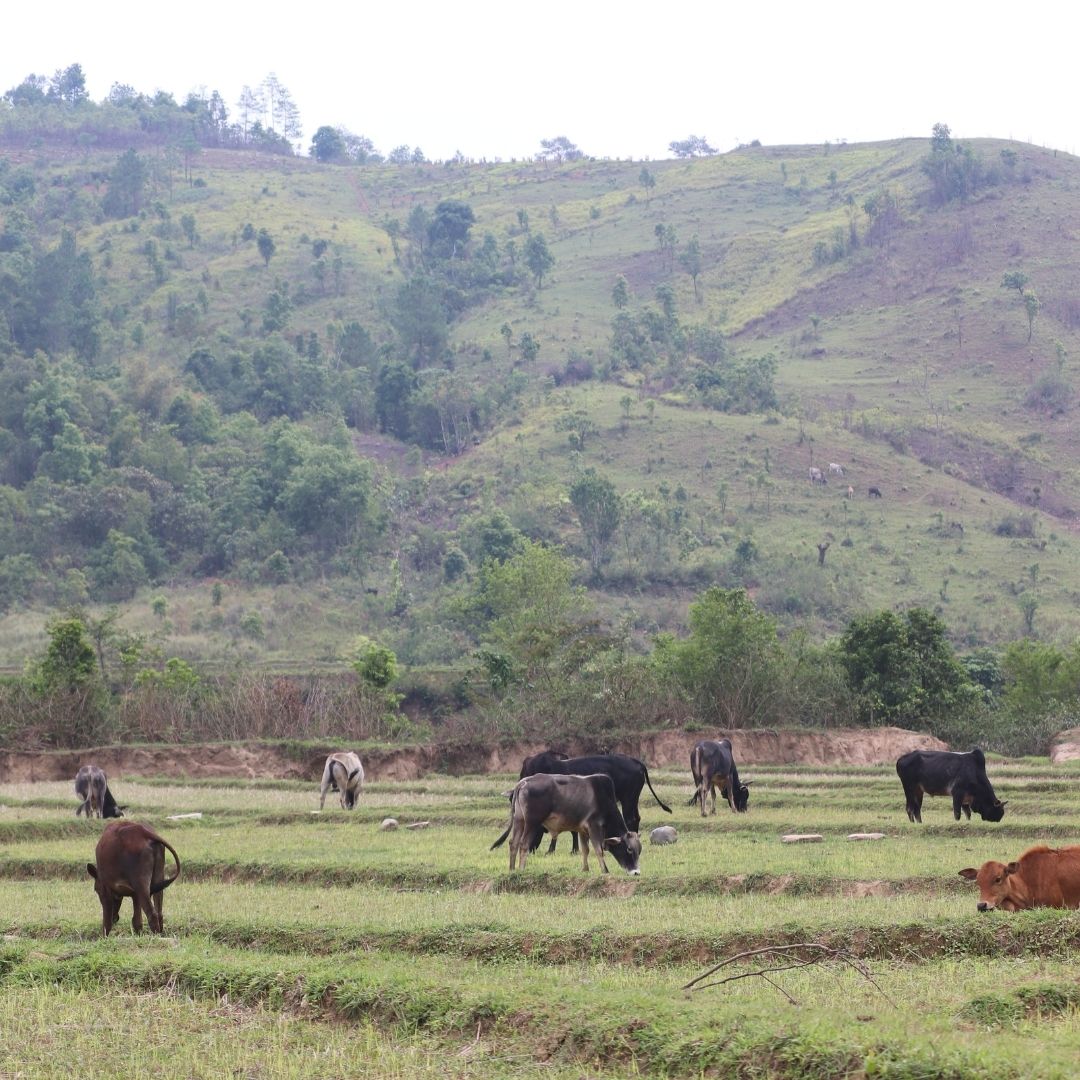
As mentioned above, the proposed project will directly affect the livelihood of the fifteen villages, leaving them impoverished. If we go by the statistics of the draft, two-thirds of the population in Meghalaya is landless. Many farming households are already taking land on rent for cultivation which reveals that landlessness is a major problem in the entire state, let alone the area. As it is already made known, Meghalaya is dependent on Assam and other states for rice, barley, wheat, oil, meat, fish and all kinds of edibles. We cannot survive on our own, and if we are to disregard the plea of the agriculturally inclined lot, we are not just signing a death-note to them, but also to the future of the entire state.
NESFAS, an indigenous organization (non-governmental), works closely with Umsawwar, which is one of the affected villages by this project. With the ever-growing population, Meghalaya will have to pay attention to the cry of sustainability. The government cannot act blindly like a spend-thrift. A specific impact of the project apart from the ones mentioned above will be the loss of agrobiodiversity, relocation being a major factor, submergence of arable land and destruction of natural habitats of the various species including plants, animals and micro-organisms. Among all the food plants available in the village maybe the most exceptional is phankaro stem or orange-fleshed sweet potato, rich in Vitamin-A. Vitamin-A boosts the immune system, and helps prevent serious conditions like early onset of blindness not to mention medicinal plants not to neglect the two-hundred eighty other food plants found in the village (as per the study done in 2018 on documentation of agrobiodiversity).
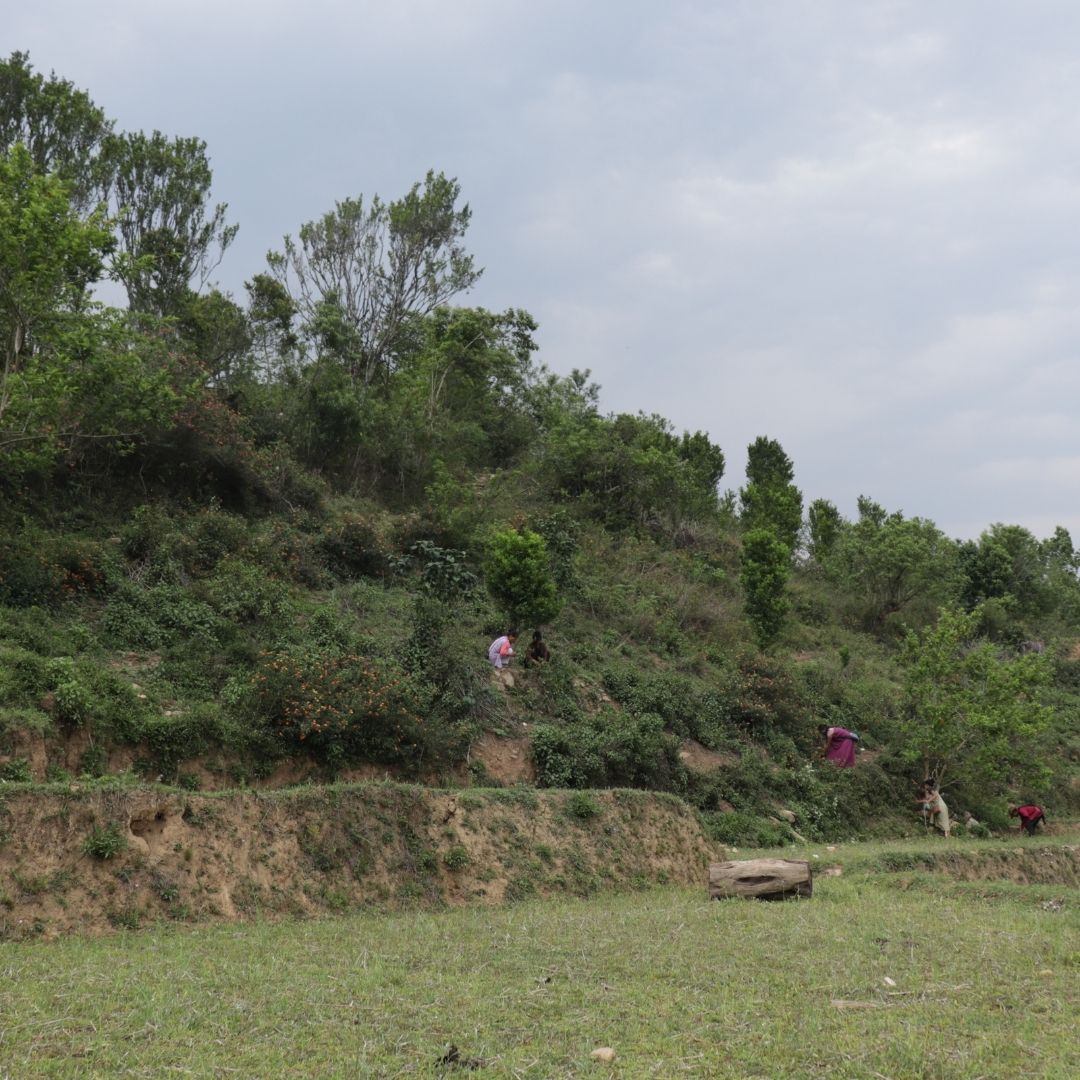
.The entire North-eastern states falls under zone V of the seismic scale, meaning Meghalaya is one of the most earthquake prone areas. Dams and Earthquakes have a very intimate relationship – In 2013, a magnitude 5.1 earthquake occurred near the Three Gorges Dam, the world’s largest hydroelectric dam built in 2003 to block the Yangtze River. The earthquake caused some damage to structures near its epicenter. The results revealed that all the earthquakes occurred in a narrow band along a previously unidentified fault that is connected to the reservoir. Subsequent field survey in the region led by John Encarnacion, Ph.D., a geology professor at Saint Louis University, Missouri found evidence for the fault in terms of deformed and damaged rocks. They also found that the narrow band of earthquakes had been confined to a specific rock type that was exposed in the dam reservoir and dips into the earth beneath other rock types. “When the dam was built, a lake was created. The higher water levels created greater pressure in pore spaces in rocks at lower depths, a known trigger for earthquakes. This is the same effect that can lead to earthquakes when wastewater is pumped into the ground,” Encarnacion said.
In 1857, Meghalaya (then under Assam) witnessed the biggest earthquake in the history of the state with 1542 causalities giving birth to the beautiful ridges and valleys we now have. Though beautiful, we cannot risk another catastrophe. We cannot take the tectonic plates for granted, while lives of people is hanging on a pendulum.
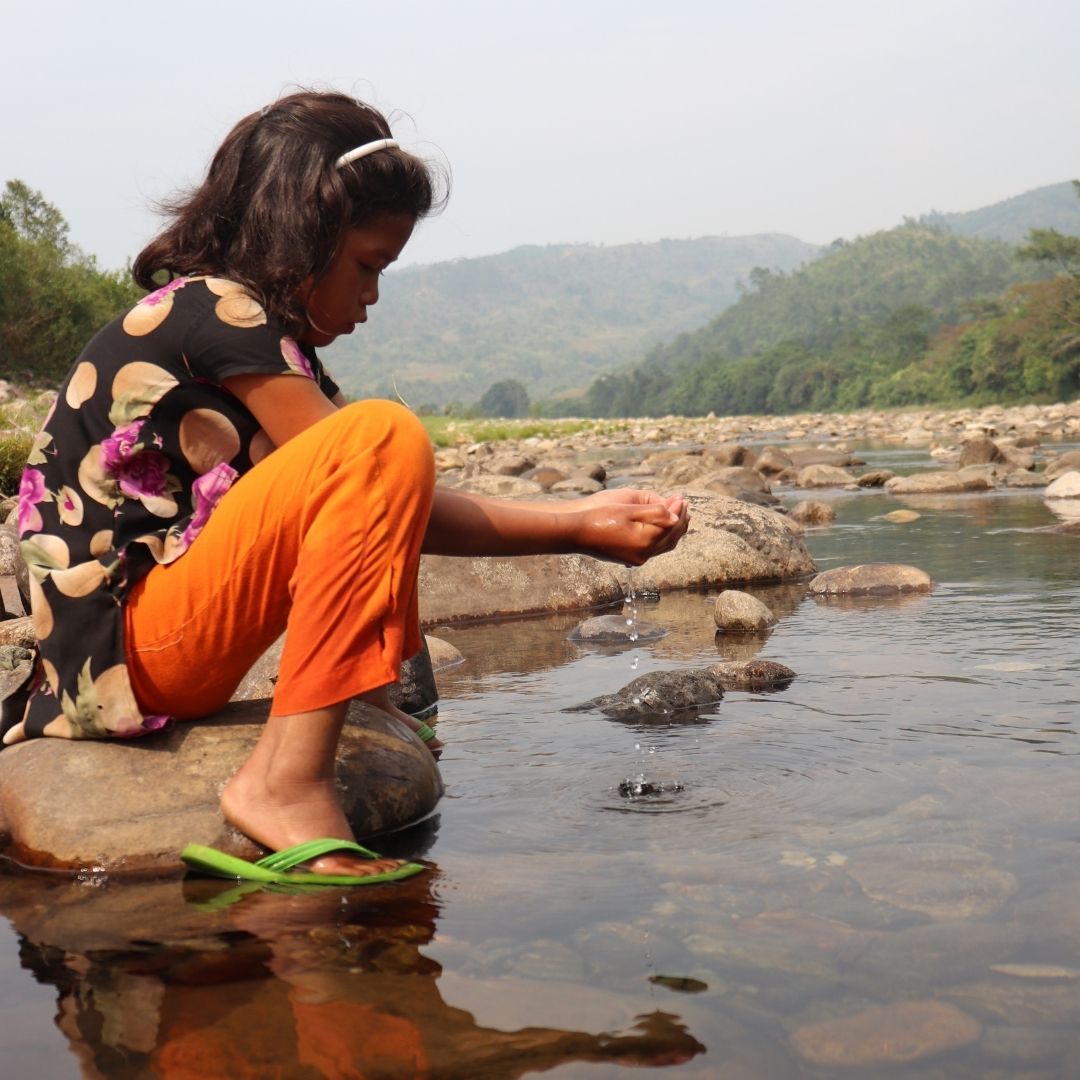
Conclusion with a Solution:
Since Meghalaya is geographically placed on a divided high and low altitude, the state government capitalize by installing windmills on the one part, while solar panels on the plains of Ri-Bhoi to curb the growing need for electricity. Hybrid Solar panels, also known as all-weather solar panels generates electricity from both the rain and the sun; these would also be the perfect fit for the state. The Government of Meghalaya must understand and consider every single individual of the state as a stakeholder with a voice as loud as the clarion shouting in one accord, “WE DO NOT WANT THE DAM”.
Constitutionally:
Under the Indian Constitution, Articles 244, 275, 330, 334, 371 and 164 (1) clearly highlights and state rights of the protection of the rights of indigenous people of India that should not be overlooked.
Man is born greedy, but let us be logical with greed when sustainable alternatives are available. Rivers are the veins, and the stratum of life, without them life would cease to exist. Despite the mighty oceans overwhelming our existence, it’s the rivers we turn to for survival. SAVE UMNGOT TODAY, SAVE A GENERATION TOMORROW.
This article is also published in The Shillong Times

